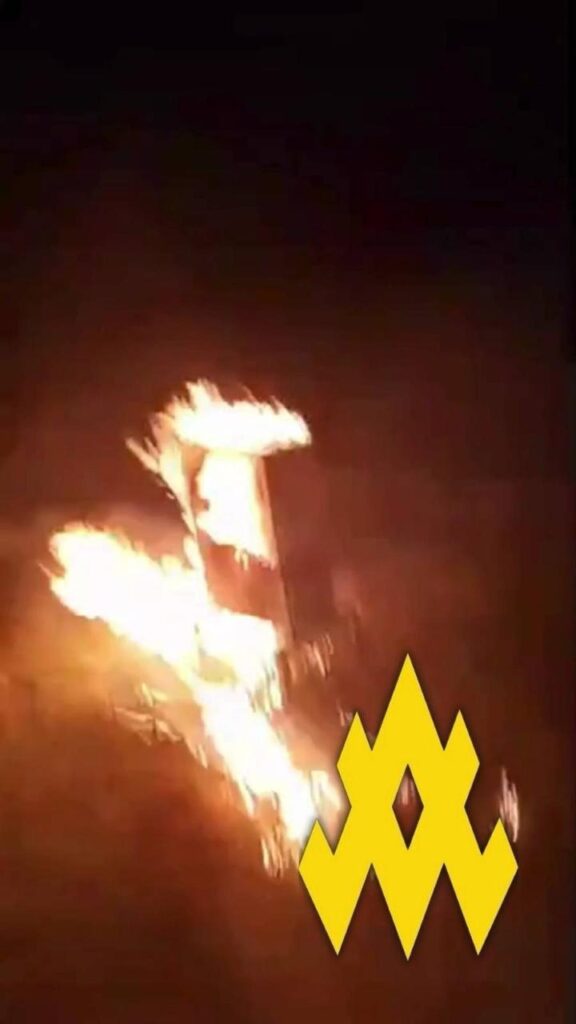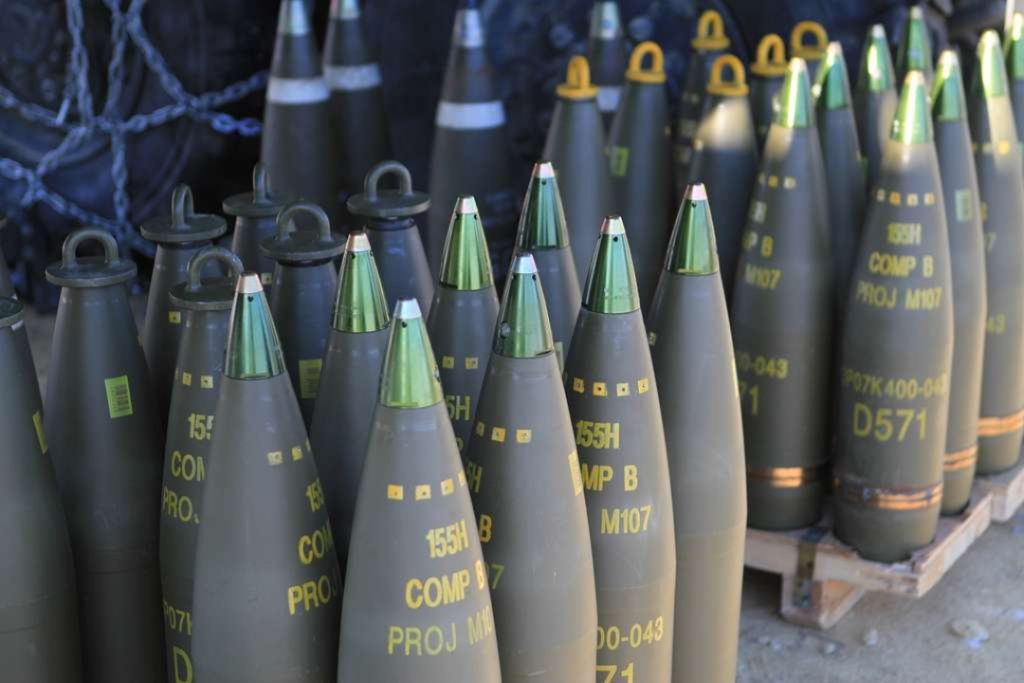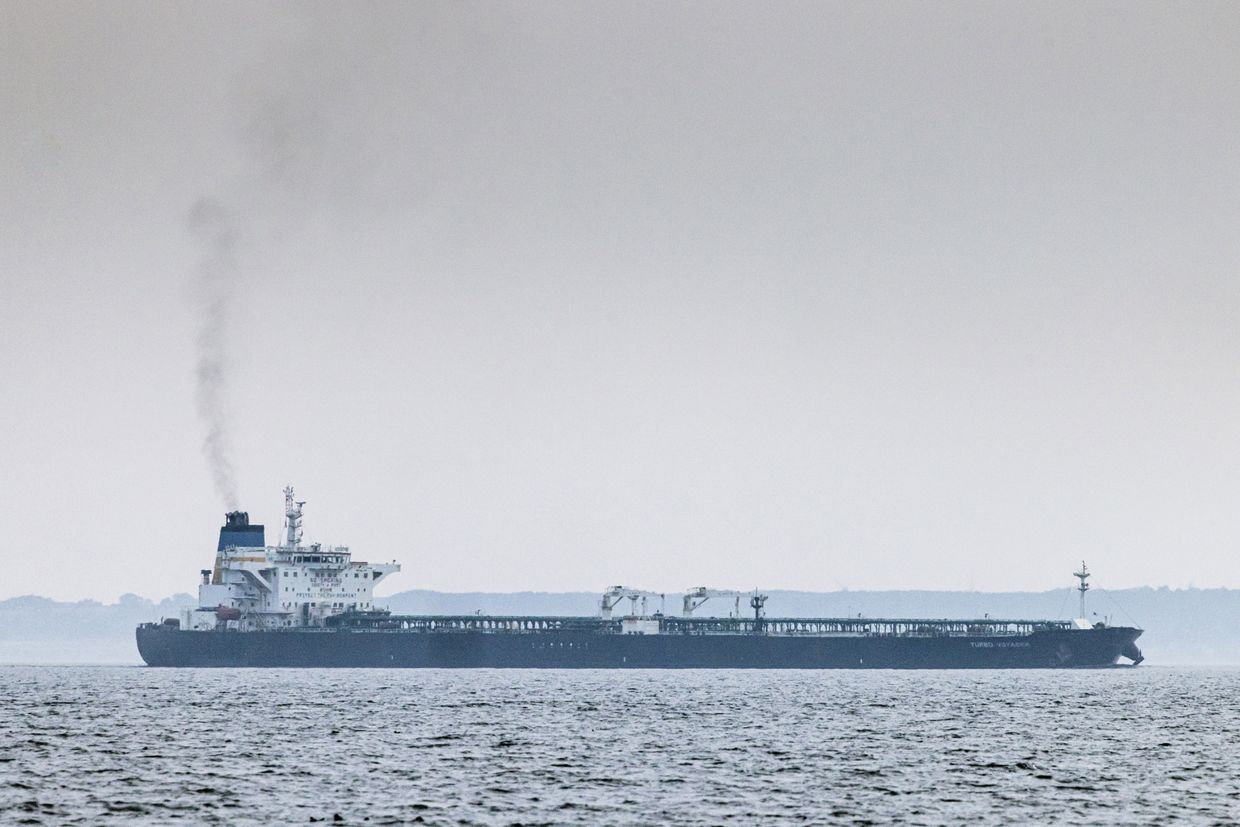Frontline report: Russia’s Pokrovsk offensive collapses into chaos — Ukrainian forces seize the moment and liberate Udachne

Today, there is important news from the Pokrovsk direction in Donetsk Oblast.

Here, Russia’s offensive around Pokrovsk has finally collapsed into disorganized, scattered assaults, exposing the total breakdown of its campaign. Seizing the moment, Ukrainian forces struck back with momentum, liberating another key town and turning the tide of the battle.

Russia’s flanks crumble near Pokrovsk
The fighting around Pokrovsk has entered a new phase, where the intensity of Russian assaults on the flanks has clearly declined and their once grand offensive has fractured into scattered, uncoordinated attacks. What remains is little more than small groups probing Ukrainian defenses, seemingly just to avoid a complete halt that would openly expose the failure of the Russian campaign.
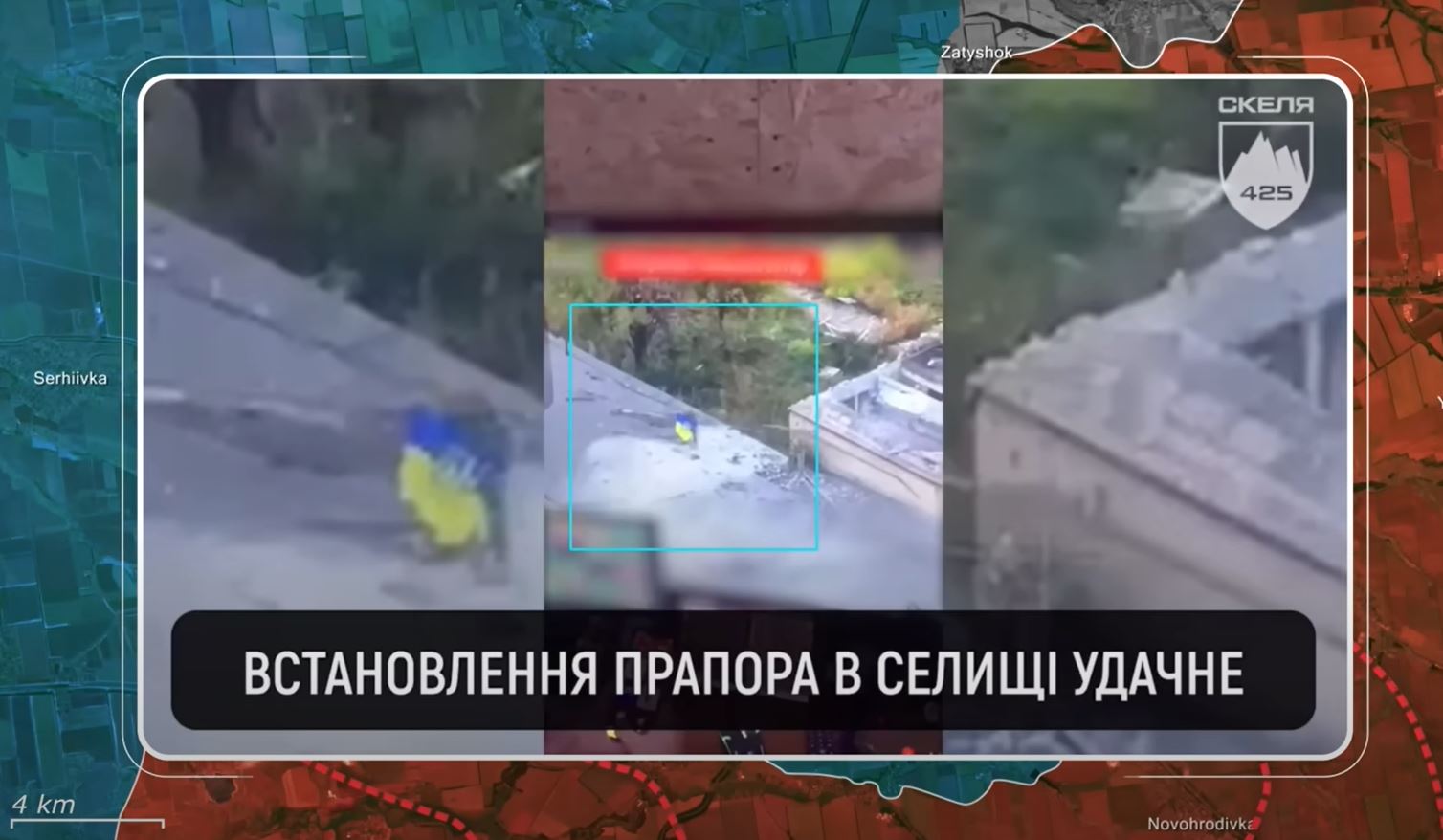
On the western flank near Udachne, Russian efforts have been reduced to chaotic infiltration attempts without any combined arms support. On the eastern flank near Myrnohrad, the story is much the same, with piecemeal assaults ending in abandonment of vehicles and panicked retreats under Ukrainian fire. The larger picture is unmistakable, as the Russian encirclement attempts around Pokrovsk have fallen apart.
Ukraine has seized the opportunity to strike back, and near Udachne, the lack of Russian coordination was turned against them. Ukrainian forces launched a deliberate push, clearing the settlement and raising the national flag over its center. What had been temporarily filled with scattered Russian infiltrators was retaken swiftly, with videos showing Ukrainian units inside the village. The half-hearted Russian attempts to regain ground have been nothing short of disastrous. Assaults sent down predictable roads ended with fields littered with bodies, creating roads of death that Ukrainians control tightly with drones and artillery.
A similar pattern unfolded near Myrnohrad on the eastern flank, where the Ukrainians knocked out a handful of Russian armored assaults, before moving in to finish off the remnants.

Footage from near Hrodivka shows Russian soldiers abandoning positions and fleeing under pressure from Ukrainian marines in hot pursuit, confirming that momentum has swung decisively on this flank as well.
Help us tell the stories that need to be heard. YOUR SUPPORT = OUR VOICEPipeline infiltration ends in failure
It is in this environment of failure that the Russian command has once again turned to bizarre symbolic operations to save face. The answer, incredibly, was to repeat one of their infamous pipe operations, stuffing troops into sewer systems in the hope of infiltrating Pokrovsk and producing some footage of progress.
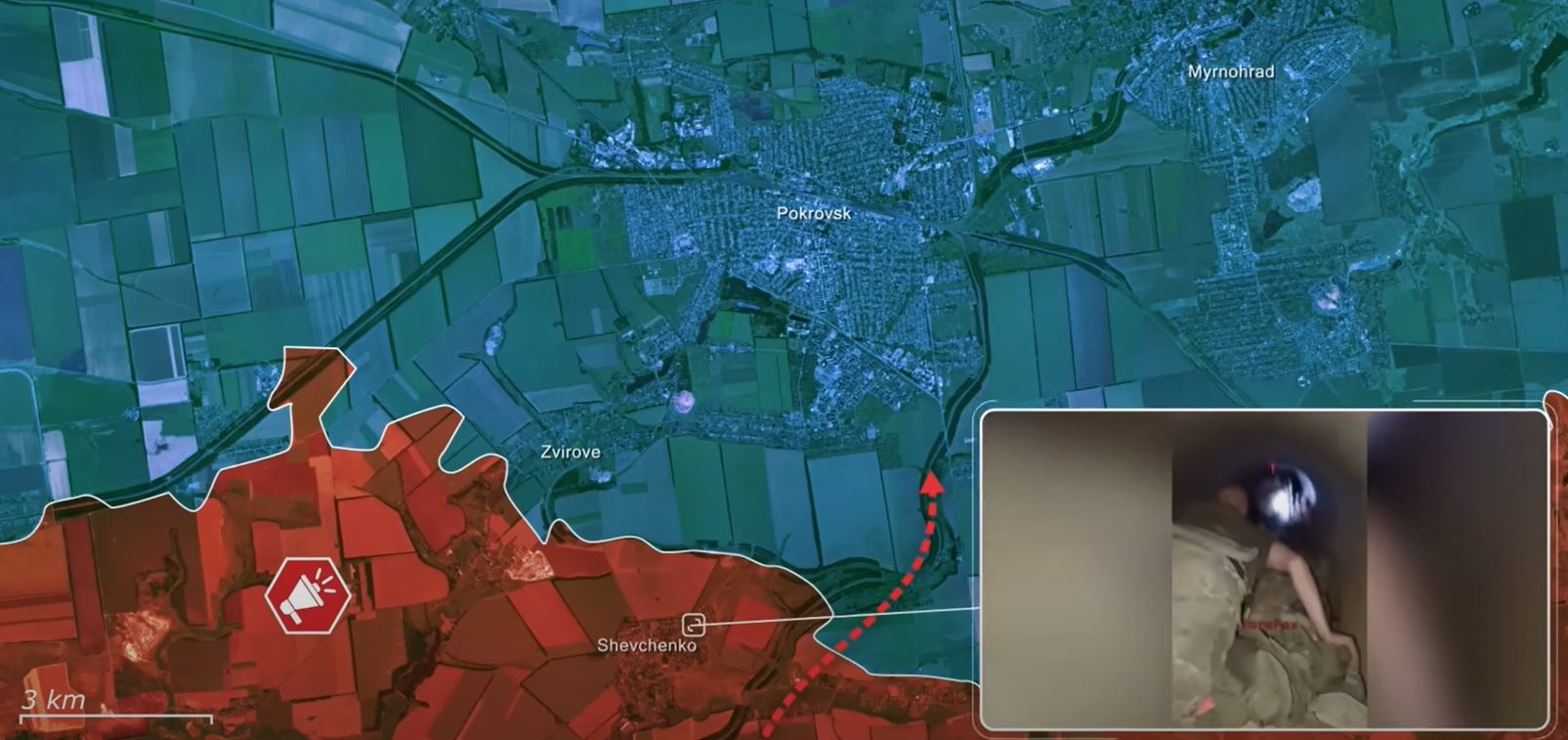
The Russians have repeatedly tried these tactics in several sectors already, with varying degrees of success and failure. Now, the repetition has played out the same way, with Russian soldiers crawling through the filth only to be eliminated.
After the Russians released a video in which they allegedly try to break into Pokrovsk through the sewer, a Ukrainian officer said they were aware but were not worried. The Ukrainian defenders employed specialist who previously worked on the local pipe network, who stated that advancing through sewer pipes toward Pokrovsk is impossible due to their condition and construction, as they either lack the necessary diameter for a person to pass through or are filled with waste.
Offensive ends with high losses
Obviously, the Russian commanders were lacking this information when they sent their troops inside, and besides the initial footage at the very beginning where the pipes were still wide enough to crawl through, the most likely outcome was suffocation in the pipes at a later stage of the operation with them unable to turn around and withdraw.
Despite being a valid attempt to try to surprise the Ukrainian defense from behind, this effort proved entirely meaningless, and it is very unlikely to have succeeded because of the Ukrainian high alertness due to all recent infiltration attempts in and around Pokrovsk.

Overall, Russia committed significant resources and manpower to the Pokrovsk axis, throwing battalion after battalion against Ukrainian defenses. Yet every thrust on the western, eastern, and northern flanks has collapsed, leaving nothing but wrecked vehicles and soaring casualty lists. To distract from this, commanders have resorted to sewer infiltrations and other theatrics that fail to alter the battlefield balance.
With autumn rains fast approaching, Russia’s much-hyped summer offensive has ended without achieving its main goal of capturing Pokrovsk. Instead, Ukrainian countermeasures have not only preserved the town but have rolled back enemy gains, and Russian bodies littering the fields and underground sewer lines.
In our regular frontline report, we pair up with the military blogger Reporting from Ukraine to keep you informed about what is happening on the battlefield in the Russo-Ukrainian war.
